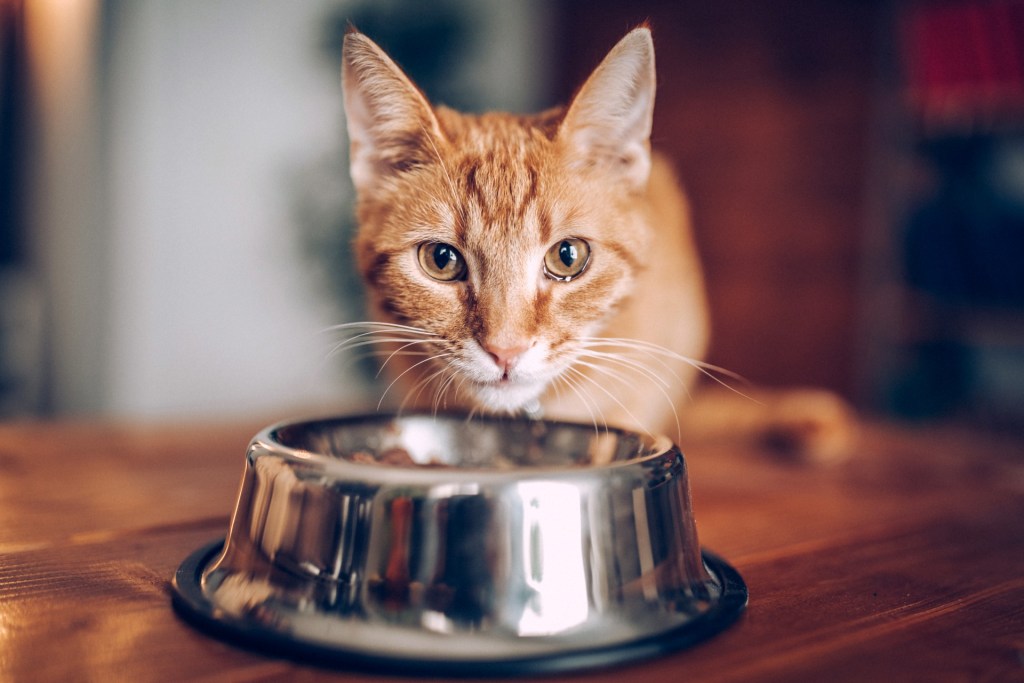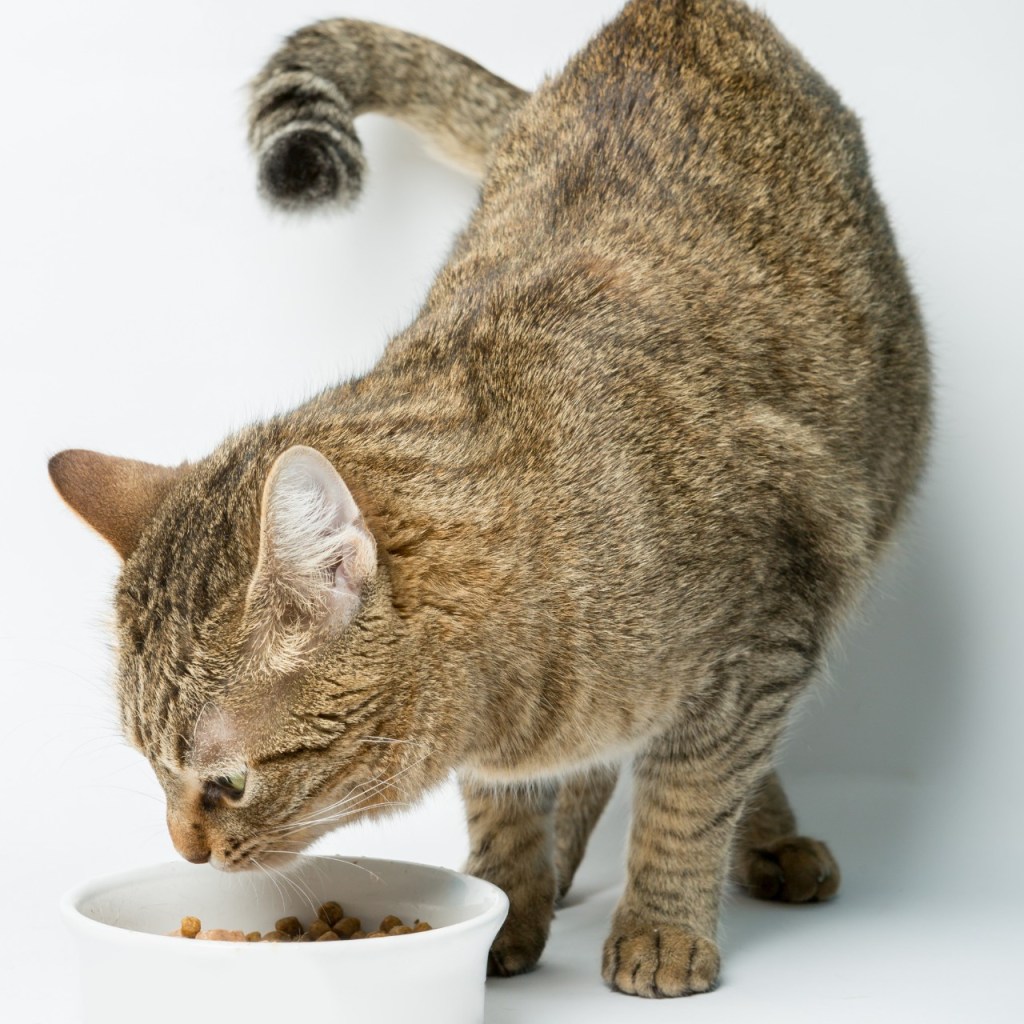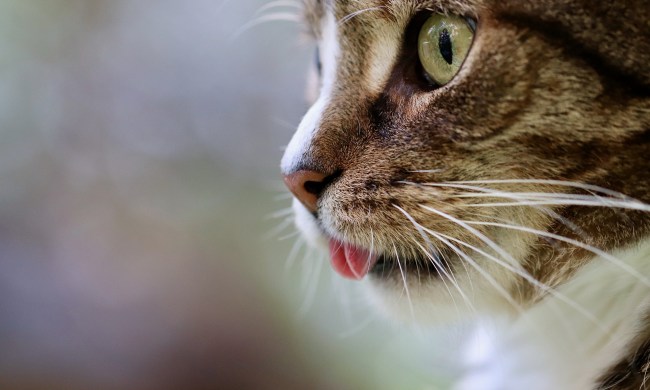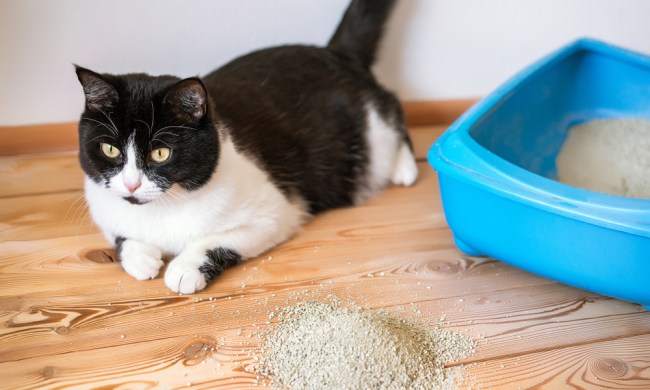Indoor cats are shielded from the elements, so they’re exposed to limited environments on any given day. Does this mean that they have different nutritional needs than outdoor cats? And what exactly should they be eating? What is the best quality and affordable dry cat food? You can find the answers to these questions and more in our handy article.

Basic cat nutrition
Like their wild relatives, domesticated cats need to eat lots of protein. In fact, their diets should have a high amount of protein, a moderate amount of fat, and a miniscule amount of carbohydrates. Whether they live primarily indoors or outdoors, cats should follow a diet that follows those guidelines. There are other compounds all cats also need, like taurine and linoleic acid.
Sometimes these are added to cat foods, while other times, they are provided by other ingredients, like meat. To ensure that pet food sold in the United States meets certain nutritional requirements, the Association of American Feed Control Officers (AAFCO) certifies pet foods that fall under that category. The best indoor dry cat foods are all AAFCO-approved.
Proteins
Again, a diet high in protein is necessary for cats. Protein should make up at least half of a cat’s diet. Make note that their sources of protein should be animals, not plants. This is to make sure that they are getting enough taurine. Taurine is an amino acid used throughout a cat’s body — it is important for the health of their vision, digestion, heart, and immune system.
Most animals make their own taurine. Cats cannot make sufficient amounts of taurine, however, which is why it is considered an essential nutrient for them. Taurine is only found in animal products.
When it comes to particular ingredients to look for, search for the words “meat,” “meal,” “by-product,” and “tallow.” The leading ingredient in quality cat food should be some source of animal protein.
Fats
Following protein, the next most important component of a cat’s diet is fat, making up about 30% to 50% of their diet. Fats are used to produce and store energy. In fact, fats produce twice as much energy as proteins do. Various omega-3 and omega-6 fatty acids should be fed to a cat. These fats are important for immune functioning and healthy skin. The most important omega-6 fatty acid is linoleic acid, which is found in most animal fats and oils. Arachidonic acid is another omega-6 that is crucial to a cat’s diet.
Notable omega-3s include DHA, EPA, and ALA, found in plant and fish oils. DHA especially is needed during the early stages of a cat’s life for proper immune system function and eye development.
Carbohydrates
Cats require carbohydrates in small amounts. Carbs should only be 5% to 10% of their diet. Complex carbohydrates are preferred, as these can be more readily used for energy. Simpler carbohydrates easily break down into sugars, and high consumption of sugars has been linked to cancer in cats. Look for a food that does not have many, if any, grains in it. These should be exclusively whole grains.
Grain should certainly not be the first ingredient in quality cat food, either! To identify grains in an ingredient list, look for the words “corn,” “wheat,” “flour,” “gluten,” and “rice.”
Ingredients to avoid

Aside from simple sugars, there are a few other ingredients found in some cat foods that you’ll want to avoid.
Artificial colors are rarely used in cat food, as some have been proven to be harmful to humans. Propylene glycol is another bad ingredient. Used as a preservative, this is the same active ingredient found in antifreeze, which you surely don’t want to feed your cat!
Ethoxyquin is another harmful preservative, and it has been linked to liver issues in cats. Some flavor enhancers, including sodium acid pyrophosphate, have been shown to cause electrolyte imbalances and bone and tooth decay.
Choosing the best dry cat food for your indoor cat might seem tricky. But all you have to do is know what ingredients to look for and which to avoid. With the knowledge provided in this article, you can make your own informed decisions on quality pet food. After you’ve made the right decisions, do learn how to store dry cat food so that they’re always fresh.


